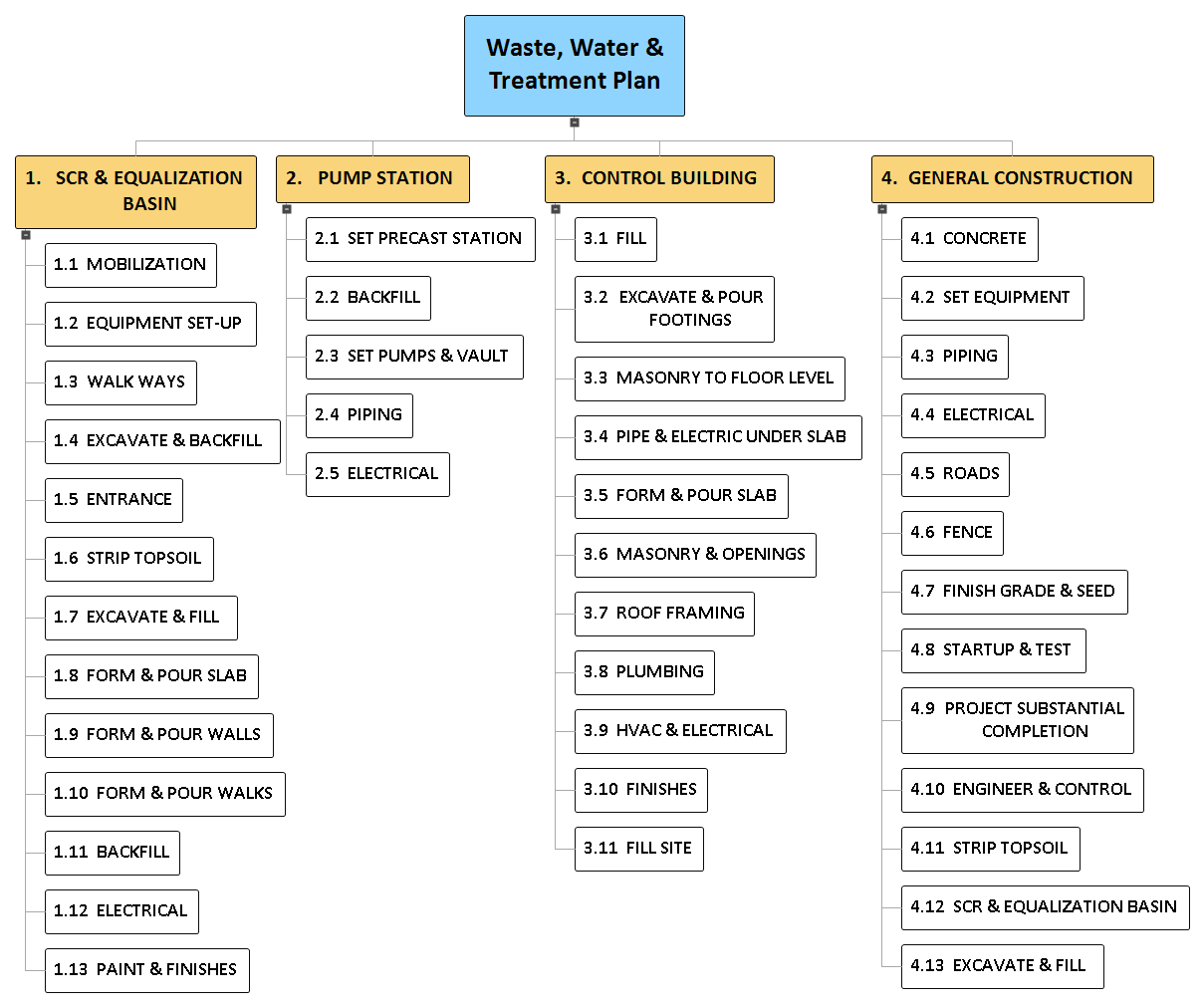
MBT can alternatively process the waste to produce a high calorific fuel termed refuse derived fuel (RDF). Some systems integrate a wet MRF to separate by density and flotation and to recover and wash the recyclable elements of the waste in a form that can be sent for recycling. The mechanical element has a number of similarities to a materials recovery facility (MRF). It typically involves factory style conveyors, industrial magnets, eddy current separators, trommels, shredders, and other tailor made systems, or the sorting is done manually at hand picking stations. This either removes recyclable elements from a mixed waste stream (such as metals, plastics, glass, and paper) or processes them. The "mechanical" element is usually an automated mechanical sorting stage. Wet material recovery facility, Hiriya, Israel MBT should not be confused with mechanical heat treatment (MHT). MBT is also sometimes termed biological mechanical treatment (BMT), however this simply refers to the order of processing (i.e., the biological phase of the system precedes the mechanical sorting). The components of the mixed waste stream that can be recovered include: This component is either configured to recover the individual elements of the waste or produce a refuse-derived fuel that can be used for the generation of power. The sorting component of the plants typically resemble a materials recovery facility. Twenty two facilities in the UK have implemented MBT/BMT treatment processes. These systems enable the recovery of materials contained within the mixed waste and facilitate the stabilisation of the biodegradable component of the material. The ordinance establishes regulations and charges for the collection, treatment and disposal of wastewater, as well as penalties for violations.The terms mechanical biological treatment or mechanical biological pre-treatment relate to a group of solid waste treatment systems. Wastewater control ordinance & discharge limitsĮBMUD Wastewater Control Ordinance provides legal authority for EBMUD to implement the pretreatment program. Permit fees, permit monitoring and testing charges, wastewater treatment rates, service charges, capacity fees, pollution prevention fees and wet weather fees can be found on this page. Reducing toxins in schools helps protect the Bay, and can reduce kids' exposure to possible health threats. Pollution preventionĮBMUD's Pretreatment and Pollution Prevention Program helps to minimize the discharge of pollutants entering the wastewater treatment plant and San Francisco Bay from commercial and residential discharges. Wastewater & energyĮBMUD's cutting edge wastewater energy initiatives are leading the way to energy self-sufficiency at the wastewater treatment plant. EBMUD continues to collect wastewater samples for the analysis of the virus that causes covid-19 and a variety of other pathogens in collaboration with our public health partners. Wastewater surveillanceĮBMUD supports “wastewater-based epidemiology,” or the use of wastewater to monitor for disease and chemicals of interest to public health.


Find out what you are responsible for regarding maintenance of your private sewer lateral (PSL), get information about local cities and their sewer systems, and find out about EBMUD's sewer system plans. Well-maintained sewers help protect the Bay. Sewers owned by local cities carry wastewater from homes and businesses in the East Bay to an interceptor sewer system and then to a treatment plant. To report odors: fill out the odor report form or call the Odor Control Hotline at 51. We will investigate the cause of the odor and take actions whenever possible.

We know odors can be unpleasant and we make every effort to reduce them. If you are near EBMUD's Wastewater Treatment Plant and experience an odor issue, please contact us.


 0 kommentar(er)
0 kommentar(er)
